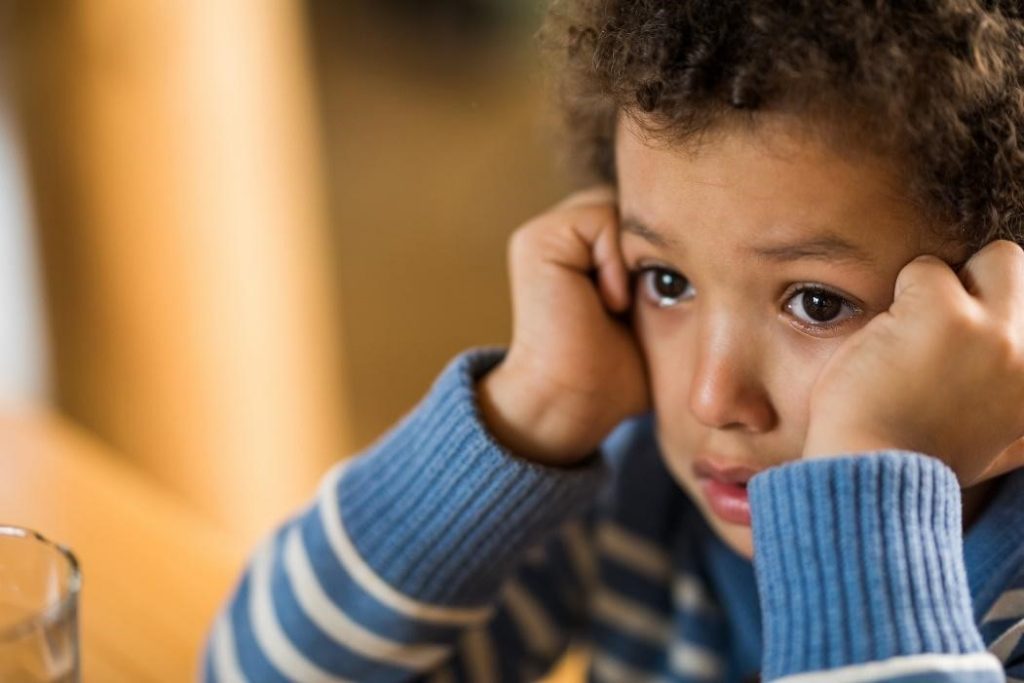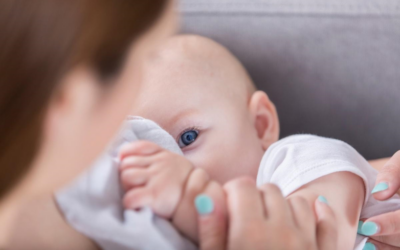Crying is an important part of expressing emotion and learning to communicate feelings
As a caregiver, crying is often seen as one of the most frustrating things to deal with, but it’s actually essential to the growth and well-being of young children. Crying is one of the precious few survival tools that babies have to make sure their needs are met – and one of the most crucial.
As young children grow, they’ll have different reasons for crying, and it’ll happen less often, but it will still play a key role in their social and emotional development. When you are a caregiver, recognizing why children cry can help you develop patience and empathy to meet their needs in a way that supports future emotional growth.
Learn why they are crying
Crying is an outlet for emotional expression that we can call on throughout our lives. Crying spans the full range of emotions. Sadness, anger, frustration, pain, fear, grief, and joy: all of them can serve as the reason for the real response of tears.
Crying has many biological and psychological functions, including the following:
- Tears serve as a communication tool. According to a 2016 study, crying is an attachment behavior that has the interpersonal benefit of attracting support from others.
- Crying has a soothing effect. Research shows that crying triggers a response that helps relax people.
- It’s a pain reliever. Research shows that shedding tears releases oxytocin and endorphins, chemicals that ease physical and emotional pain.
- It can help babies get a better night’s sleep. A study in 2015 found that crying helps them sleep more easily and soundly.
Learn how you can help
Crying has a massive range of benefits, and keeping that in mind may increase the caregiver’s compassion level in a child care setting. Toddlers are still learning when it comes to communication and emotional regulation, and scolding them for crying may do more harm than good.
Teachers often respond to tears as if they are a sign of weakness or an emotional reaction to be avoided or controlled. However, you won’t enhance children’s emotional knowledge by telling them that expressing fear or sadness isn’t healthy. If the child can cry without being shamed for it, they’re more likely to feel secure and as if their concerns are valid, which can help them curb the impulse to cry in the future.
Here are a few suggestions on handling crying in the child care setting:
Discover the trigger
If you’re going to figure out how to respond, it’s important to identify why the child is crying. Is the child hurt? In need of attention? Overly tired?
Then consider the bigger picture: Does the child have difficulty communicating? Struggle regularly with peer interaction? Come across as if they feel misunderstood? Decide why the child is crying and how you can help them moving forward.
Show patience
Accept that children need time, space, and understanding to process their emotions. Don’t rush this process or silence them by demanding that they stop. Provide a quiet area if possible, let them know that you understand why they’re sad, and allow them to work through their feelings.
Offer a distraction
Again, this isn’t about trying to silence a crying child but giving them an opportunity to redirect their attention to a more pleasant activity. This may allow them to self-regulate without the embarrassment of being told to stop. For instance, if it’s playtime and the crying child loves blocks, perhaps a station change is needed.
Create an emotional safe space
Demonstrate compassion and model good communication skills by encouraging the child to tell you what’s wrong. Listen, without rushing to offer your opinion, judgment, or explanation. Honor their feelings, even if you disagree with what caused them.
Undoubtedly, a crying child can feel like a potential disruption to other children in your care or a frustrating inconvenience if it’s happening frequently. Simply show them you understand what they are feeling, and think of the sadness, frustration, confusion, or helplessness that are likely behind the tears. Even tantrums are the result of conflicting emotions and an inability to express thoughts and feelings easily. Recognize the valid biological and psychological functions served by tears, and create an environment that helps children emotionally regulate while you recognize their feelings. This will, in turn, teach children the purpose of crying.
The VA Infant & Toddler Network helps improve the quality of care for infants and toddlers through extensive resources, services, and education for caregivers. Learn more about how we can help you improve the standard of care.




